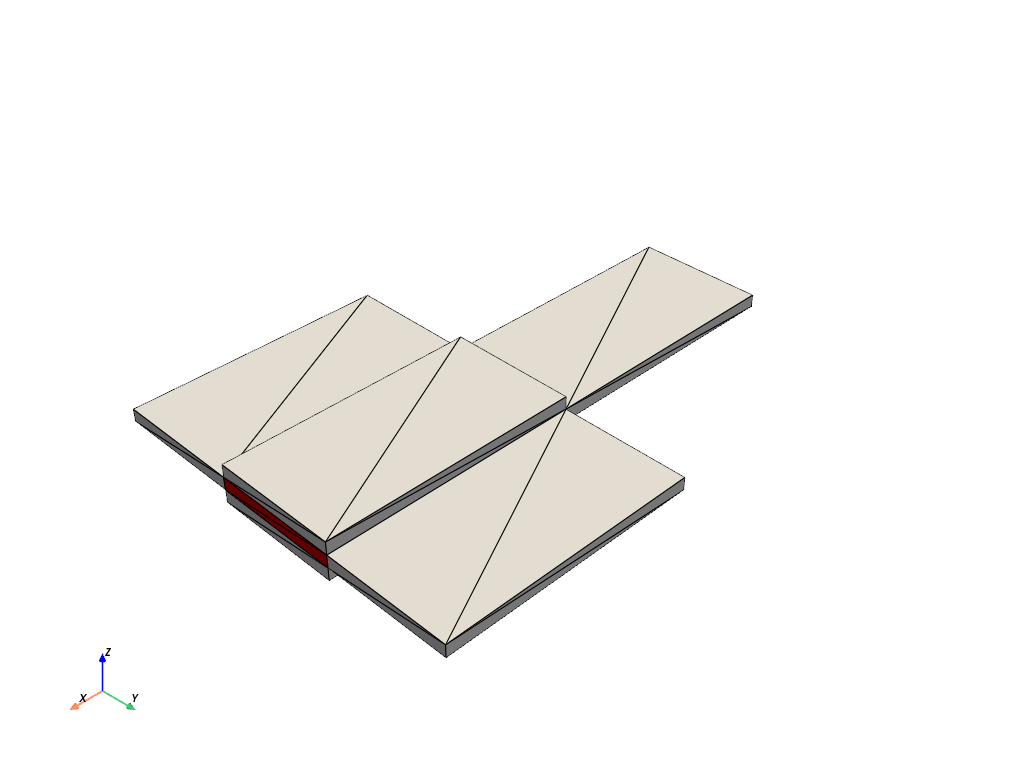pyvista.ExplicitStructuredGrid.neighbors#
- ExplicitStructuredGrid.neighbors( ) list[int][source]#
Return the indices of neighboring cells.
- Parameters:
- ind
int|VectorLike[int] Cell IDs.
- rel
str, default: “connectivity” Defines the neighborhood relationship. If
'topological', returns the(i-1, j, k),(i+1, j, k),(i, j-1, k),(i, j+1, k),(i, j, k-1)and(i, j, k+1)cells. If'connectivity'(default), returns only the topological neighbors considering faces connectivity. If'geometric', returns the cells in the(i-1, j),(i+1, j),(i,j-1)and(i, j+1)vertical cell groups whose faces intersect.
- ind
- Returns:
Examples
>>> import pyvista as pv >>> from pyvista import examples >>> grid = examples.load_explicit_structured() >>> cell = grid.extract_cells(31) >>> ind = grid.neighbors(31) >>> neighbors = grid.extract_cells(ind) >>> plotter = pv.Plotter() >>> _ = plotter.add_axes() >>> _ = plotter.add_mesh(cell, color='r', show_edges=True) >>> _ = plotter.add_mesh(neighbors, color='w', show_edges=True) >>> plotter.show()
